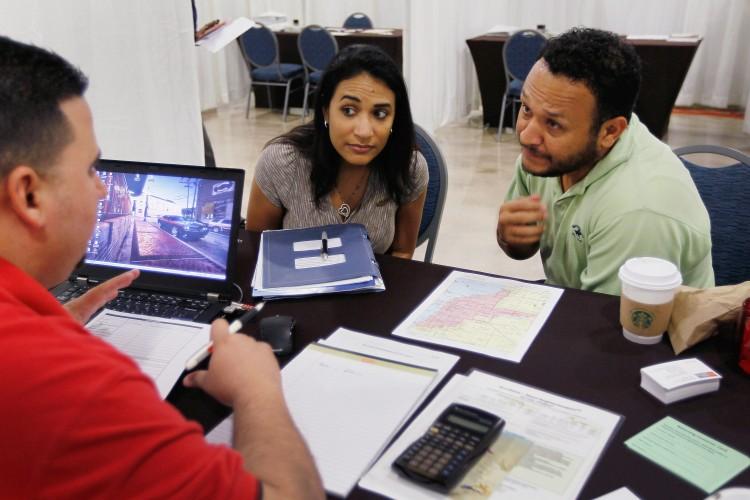The number of applications for mortgages dropped to an almost three-decade low as high interest rates deter buyers from purchasing a home and sellers from selling their properties.
For the week ended Sept. 29, mortgage applications fell 6 percent from a week earlier, hitting the lowest volume in roughly 27 years, according to a press release by the Mortgage Bankers Association (MBA) last Wednesday. The organization blames the market trend on high mortgage rates. Mortgage rates moved higher due to the upswing in Treasury yields, with the 30-year fixed-rate mortgage rate rising for the fourth conservative week, to 7.53 percent, “the highest rate since 2000,” said Joel Kan, MBA’s vice president and deputy chief economist.





